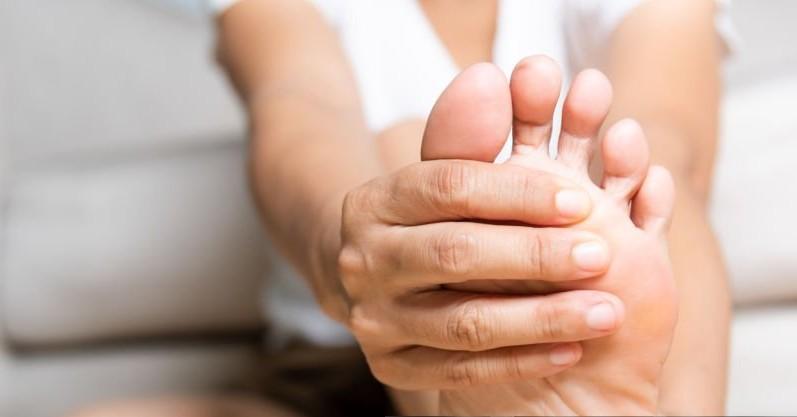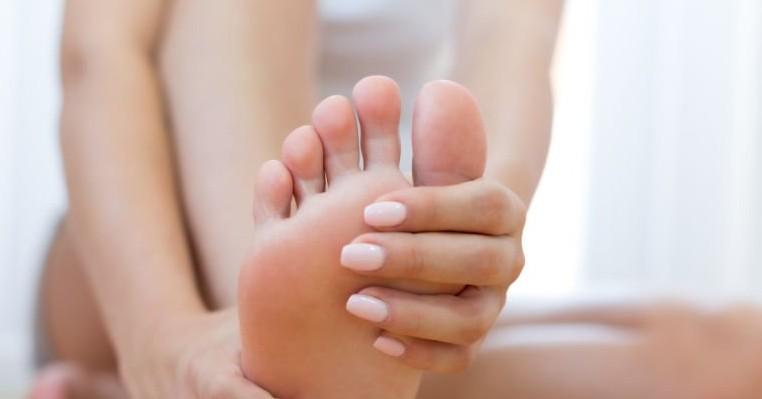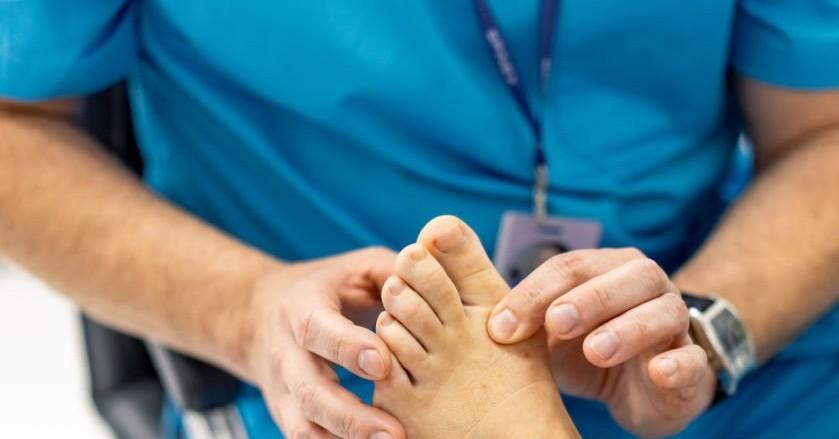
These signs may mean you must seek help for the pain in your hands and feet.
Why Do My Hands and Feet Tingle? All the Signs You May Need Help
Are you on pins and needles wondering about your tingling hands and/or feet?
That prickly feeling, numbness and burning is often benign and temporary, but it can be a sign of something more serious. The medical term for the bothersome sensation is “paresthesia,” which can signify a serious type of nerve damage called peripheral neuropathy.

Are you on pins and needles wondering about your tingling hands and/or feet?
Diabetes accounts for about 30 percent of all cases of peripheral neuropathy. About two-thirds of diabetics deal with mild to severe forms of nerve damage, which can be the first signs of the disease. The symptoms include a tingling that develops in both feet, then moves up the legs and affects hands and arms.
Some cases are the result of a variety of causes that create tingling in the upper limbs, the lower limbs, or both. There are a number of conditions that can trigger tingling in the fingers, hands and arms.

Diabetes accounts for about 30 percent of all cases of peripheral neuropathy.
Common among office workers, carpal tunnel results when the median nerve is squeezed at the wrist. Ulnar nerve entrapment causes a tingling in the fingers and affects the nerve that supplies feeling to the inside of the forearm, part of the palm and the last two fingers.
Then there is radical nerve palsy, which is stress on the nerve running along the bottom of the arm like when your arm is pinned between a hard surface and your head. Numbness or tingling in the feet can result from peroneal nerve palsy, which is damage to the nerve running down the leg and affecting the outside of the limb or the top of the foot that can cause the foot to drop.

Common among office workers, carpal tunnel results when the median nerve is squeezed at the wrist.
Tarsal tunnel syndrome can result from the compression of the nerve that runs from the inside of the ankle. Sciatica or herniated discs in the lower back, can also compress nerves and trigger tingling in the legs. When you seek help for tingling in the extremities, your doctor will do a physical exam and a battery of tests.
When you seek help for tingling in the extremities, your doctor will do a physical exam and a battery of tests. Treatment depends on the cause. Peripheral nerve cells can regenerate as long as they haven’t been killed.

When you seek help for tingling in the extremities, your doctor will do a physical exam and a battery of tests.
Among the treatments to ease symptoms are physical therapy, neurostimulation, scrambler devices to block pain, rest, splints, over-the-counter pain meds or exercises designed to help eliminate conditions.
